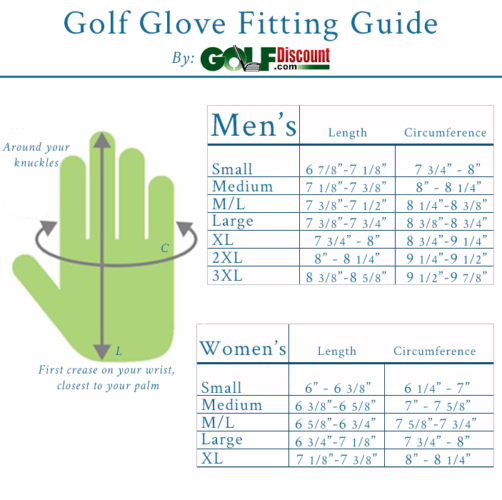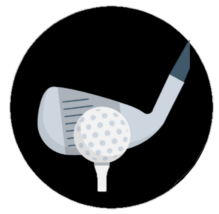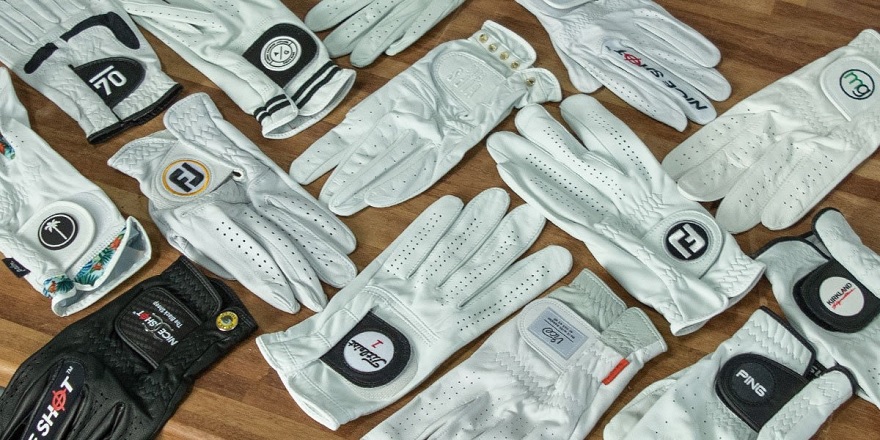If you’ve ever been in a pro shop or golf store looking for a golf glove, you’ve seen two types of golf gloves: regular golf gloves and cadet golf gloves. You see both types, regular and cadet, in the small, medium, large and extra large sizes. So in comparing regular and cadet golf gloves, Which one is best fit for you – Cadet vs Regular Golf Glove ?
If you’re shopping for Cadet gloves, you’ll need to ask for them by name. It’s not always easy to tell the difference unless you can compare them to regular gloves. When viewed side by side, the Cadet glove is usually shorter and wider.
Sometimes, it’s easy to tell if you need a Cadet glove just by looking at the shape of your hand. For others, the need isn’t so obvious. Trying on both to see which one feels more comfortable is usually the only way to know for sure. Which one is best fit for you – Cadet vs Regular Golf Glove?
What are the differences – Cadet vs Regular Golf Glove?
Regular gloves are designed for golfers who have proportional hands, while cadet golf gloves are designed in men’s sizes for golfers who have relatively short fingers coupled with wide palms. When placed side-by-side with a regular golf glove, the cadet glove is wider and shorter. Generally speaking, cadet golf gloves have fingers which are approximately 1 inch shorter than regular golf gloves.
How to choose them
Fitting
Shop for fit first and fashion second. A properly fitting golf glove feels somewhat like a second skin, adhering to the skin with some movement for natural hand and finger use in the golf swing. The velcro flap should close just shy of the far edge of the velcro base. There should not be extra material at the end of the fingers on the glove. If you look at the shape of your hand and fingers, it might appear that you need a cadet glove. For some golfers, however, the type of glove they need is not obvious. When shopping for a new glove, try on a regular glove and a cadet glove to determine which fits best. Once you’ve determined the type for you, choose the brand and look.
For golfers with shorter fingers, there may not be a perfect cadet glove fit with the wider palm. The end result may be a golfer with shorter fingers fitting into a size smaller in a regular glove. Each company makes a slightly different fit with their gloves, so it’s best to try on your prospective glove before buying it to make sure it fits properly.
Sizes
Regular gloves are available in men’s and women’s sizes ranging from small to double or even triple extra-large, with a bigger size range for men’s than women’s gloves. Cadet glove are available in men’s sizes small through double extra-large, depending on the brand. Although the sizing indicates the gloves are for men, women with larger hands might find a good find among the men’s regular or cadet sizes.
Comfort
Regardless of whether a standard or cadet glove is best for you, it should fit snugly but not be too tight. The tips of your fingers should just touch the tips of the gloves and the glove’s leather (or synthetic material, depending on the glove) should be taught across your palm and the back of your hand.
What makes golf cadet so popular?
Shopping for golf gloves isn’t as simple as it sounds. There’s more to consider than just brand and color, and knowing whether to choose regular or cadet golf gloves could impact your next score.
Not all hands are created equal, which means gloves shouldn’t be, either. Let’s take a closer look at what cadet golf gloves are and whether they can help you improve your swing.
Following is simple guidance on golf glove fit and sizes.

A size for everyone. There are many sizes of golf gloves for men and women, from small to XXL (extra, extra large), and nearly the same range in cadet sizes, too. Like anything you wear, there’s no substitute for trying it on. Slip on a few golf gloves to find that “second skin” fit.
Size Tips
- Don’t guess. Try different sizes to ensure a snug fit that will help you perform your best.
- Between sizes? Consider the smaller golf glove first.
- If you’re a man, don’t rule out a women’s golf glove—if it fits well. Really. (Some male tour players wear women’s golf gloves.)
- Consider a cadet golf glove if your fingers tend to swell during a round.
- Check your golf glove size periodically, like at the beginning of golf season. Hands and sizes can change.
Playing in Wet Conditions
Also consider the importance of golf gloves in adverse weather conditions, including in the cold of winter and wet weather. In addition to giving you a secure grip on the golf club, winter gloves and rain gloves will also help keep your hands warm and dry.
Golf Glove Care
- Take your golf glove out of the bag. Leave your glove out to let it air dry after you have used it.
- While playing, be sure to remove your glove between shots. This helps keep your glove drier during your round.
- Consider carrying multiple golf gloves in your bag. This gives you the ability to change gloves when wet weather strikes, or the option to opt for a dry grip on humid days.
- Store your grips properly between rounds. Keeping your grips in an airtight bag will help keep the leather moist and lasting longer.
Where to Find the Best Cadet Golf Gloves
Using golf gloves is a choice, not a requirement. They help protect against calluses and blisters, plus they keep hands warm when it windy or wintery. Some golfers prefer to use a single glove (whichever hand is on top of the club), while others prefer to use two gloves.
Whichever you choose, it’s important you prioritize fit over fashion.
There are many leaders in the golfing industry and offers an extensive range of Cadet glove sizes and styles for men, women, and children. In fact, it’s the only golf glove that’s certain to hold your club firmly and help improve accuracy and distance.
Regardless of whether a standard or cadet glove is best for you, it should fit snugly but not be too tight. The tips of your fingers should just touch the tips of the gloves and the glove’s leather (or synthetic material, depending on the glove) should be taught across your palm and the back of your hand.

